Dry dates are a popular snack enjoyed by people around the world for their sweet and chewy texture. They come in various colors, with yellow and brown being two common varieties. In this article, we will explore the differences between yellow and brown dry dates to help you make an informed decision the next time you’re shopping for this delicious and nutritious treat. Yellow dry dates, also known as golden dry dates, are a type of date fruit that has a distinctive golden hue. These dates are known for their rich flavor and slightly chewy texture. Yellow dry dates are often used in Indian cuisine, where they are used to make desserts, sweets, and beverages. They are also popular in Middle Eastern and North African cuisines, where they are used in both sweet and savory dishes. One of the key characteristics of yellow dry dates is their sweetness. These dates are naturally high in sugar, giving them a sweet and rich flavor. The sweetness of yellow dry dates makes them a popular choice for desserts and sweets, where they can add a natural sweetness without the need for additional sugar. Additionally, the sweetness of yellow dry dates pairs well with savory ingredients, making them a versatile choice for a wide range of recipes. In terms of texture, yellow dry dates are slightly chewy and have a soft and plump consistency.
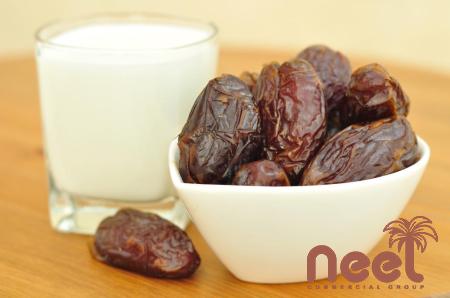
.
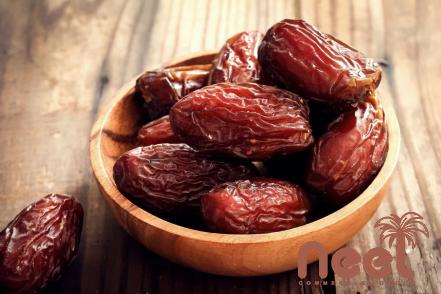 When eaten on their own, they provide a satisfying chewy bite that can help curb cravings for sugary treats. The texture of yellow dry dates also makes them a great addition to baked goods, where they can add moisture and a chewy texture to cookies, cakes, and bread. Brown dry dates, on the other hand, are a darker variety of date fruit that has a deep brown color. These dates are known for their intense flavor and soft, sticky texture. Brown dry dates are commonly used in Middle Eastern and North African cuisines, where they are used in both sweet and savory dishes. They are also popular in Mediterranean cuisine, where they are enjoyed as a snack or added to salads and stews. One of the main differences between yellow and brown dry dates is their flavor profile. While yellow dry dates are known for their sweetness, brown dry dates have a more complex flavor profile. Brown dry dates have a rich, caramel-like taste with hints of spice and earthiness. This makes them a great choice for adding depth of flavor to both sweet and savory dishes. In terms of texture, brown dry dates are soft and sticky, with a melt-in-your-mouth consistency. The soft texture of brown dry dates makes them a great choice for making date paste, a popular ingredient in Middle Eastern desserts. Brown dry dates can also be easily blended into smoothies or used as a natural sweetener in recipes that call for sugar. When it comes to nutritional value, both yellow and brown dry dates are packed with essential nutrients. Dates are a good source of fiber, which can aid in digestion and promote gut health. They are also rich in antioxidants, which can help protect the body against cell damage and inflammation. Dates are also a good source of potassium, which is important for heart health and muscle function. In conclusion, both yellow and brown dry dates are delicious and nutritious options for adding sweetness and flavor to a wide range of dishes. Yellow dry dates are known for their sweet flavor and slightly chewy texture, making them a great choice for desserts and sweets.
When eaten on their own, they provide a satisfying chewy bite that can help curb cravings for sugary treats. The texture of yellow dry dates also makes them a great addition to baked goods, where they can add moisture and a chewy texture to cookies, cakes, and bread. Brown dry dates, on the other hand, are a darker variety of date fruit that has a deep brown color. These dates are known for their intense flavor and soft, sticky texture. Brown dry dates are commonly used in Middle Eastern and North African cuisines, where they are used in both sweet and savory dishes. They are also popular in Mediterranean cuisine, where they are enjoyed as a snack or added to salads and stews. One of the main differences between yellow and brown dry dates is their flavor profile. While yellow dry dates are known for their sweetness, brown dry dates have a more complex flavor profile. Brown dry dates have a rich, caramel-like taste with hints of spice and earthiness. This makes them a great choice for adding depth of flavor to both sweet and savory dishes. In terms of texture, brown dry dates are soft and sticky, with a melt-in-your-mouth consistency. The soft texture of brown dry dates makes them a great choice for making date paste, a popular ingredient in Middle Eastern desserts. Brown dry dates can also be easily blended into smoothies or used as a natural sweetener in recipes that call for sugar. When it comes to nutritional value, both yellow and brown dry dates are packed with essential nutrients. Dates are a good source of fiber, which can aid in digestion and promote gut health. They are also rich in antioxidants, which can help protect the body against cell damage and inflammation. Dates are also a good source of potassium, which is important for heart health and muscle function. In conclusion, both yellow and brown dry dates are delicious and nutritious options for adding sweetness and flavor to a wide range of dishes. Yellow dry dates are known for their sweet flavor and slightly chewy texture, making them a great choice for desserts and sweets.
..
 Brown dry dates, on the other hand, have a more complex flavor profile with a rich, caramel-like taste and soft, sticky texture. Whichever variety you choose, incorporating dry dates into your diet can provide you with a natural source of sweetness and a variety of health benefits. Both yellow and brown dry dates have their own unique characteristics that make them a versatile ingredient in the kitchen. Whether you prefer the sweet and chewy texture of yellow dry dates or the rich and sticky consistency of brown dry dates, there are many ways you can enjoy these delicious fruits. Yellow dry dates can be enjoyed on their own as a nutritious snack, or they can be incorporated into a variety of recipes to add natural sweetness. You can chop them up and sprinkle them over your morning oatmeal or yogurt for a sweet and satisfying breakfast. Yellow dry dates can also be blended into smoothies for a natural sweetener that adds fiber and nutrients to your drink. When it comes to baking, yellow dry dates can be used in a variety of sweet treats. You can chop them up and mix them into cookie dough or cake batter for a chewy and sweet addition. Yellow dry dates can also be blended into a paste and used as a natural sweetener in recipes that call for sugar. This can be a healthier alternative that adds both sweetness and moisture to your baked goods. As for brown dry dates, their rich and intense flavor makes them a great addition to both sweet and savory dishes. Brown dry dates can be chopped up and added to salads for a burst of sweetness and chewiness. They can also be simmered in stews and tagines to add depth of flavor and a touch of natural sweetness. One popular way to enjoy brown dry dates is by making date paste.
Brown dry dates, on the other hand, have a more complex flavor profile with a rich, caramel-like taste and soft, sticky texture. Whichever variety you choose, incorporating dry dates into your diet can provide you with a natural source of sweetness and a variety of health benefits. Both yellow and brown dry dates have their own unique characteristics that make them a versatile ingredient in the kitchen. Whether you prefer the sweet and chewy texture of yellow dry dates or the rich and sticky consistency of brown dry dates, there are many ways you can enjoy these delicious fruits. Yellow dry dates can be enjoyed on their own as a nutritious snack, or they can be incorporated into a variety of recipes to add natural sweetness. You can chop them up and sprinkle them over your morning oatmeal or yogurt for a sweet and satisfying breakfast. Yellow dry dates can also be blended into smoothies for a natural sweetener that adds fiber and nutrients to your drink. When it comes to baking, yellow dry dates can be used in a variety of sweet treats. You can chop them up and mix them into cookie dough or cake batter for a chewy and sweet addition. Yellow dry dates can also be blended into a paste and used as a natural sweetener in recipes that call for sugar. This can be a healthier alternative that adds both sweetness and moisture to your baked goods. As for brown dry dates, their rich and intense flavor makes them a great addition to both sweet and savory dishes. Brown dry dates can be chopped up and added to salads for a burst of sweetness and chewiness. They can also be simmered in stews and tagines to add depth of flavor and a touch of natural sweetness. One popular way to enjoy brown dry dates is by making date paste.
…
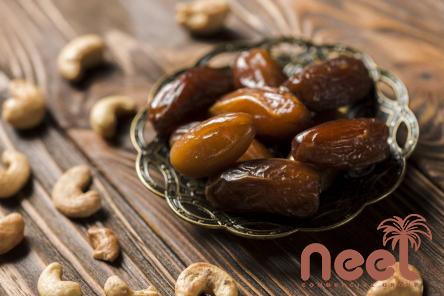 Simply blend the dates into a smooth paste and use it as a natural sweetener in desserts like energy bars, truffles, or no-bake cookies. Date paste can also be used as a spread on toast or mixed into yogurt for a delicious and nutritious treat. Both yellow and brown dry dates can be soaked in water to soften them before use. This can help enhance the texture and flavor of the dates, making them even more versatile in the kitchen. Soaking dry dates can also make them easier to blend into smoothies or sauces, creating a smooth and creamy consistency. In addition to their culinary uses, dry dates offer a range of health benefits. Dates are a good source of fiber, which can aid in digestion and help you feel full and satisfied. They are also rich in antioxidants, which can help protect the body against oxidative stress and inflammation. Dates are a natural source of energy due to their high sugar content, making them a great snack for a quick boost of energy. Furthermore, dates are a good source of essential minerals such as potassium, magnesium, and copper. These minerals play a vital role in maintaining overall health, from supporting heart function to promoting bone health and aiding in the production of red blood cells. Including dry dates in your diet can help you meet your daily nutrient requirements in a delicious and satisfying way. In conclusion, both yellow and brown dry dates are delicious and nutritious options for adding sweetness and flavor to a wide range of dishes. Whether you prefer the sweet and chewy texture of yellow dry dates or the rich and sticky consistency of brown dry dates, incorporating these fruits into your diet can provide you with a natural source of sweetness and a variety of health benefits. So next time you’re at the store, consider picking up some yellow or brown dry dates to enjoy in your favorite recipes or as a healthy snack on their own.
Simply blend the dates into a smooth paste and use it as a natural sweetener in desserts like energy bars, truffles, or no-bake cookies. Date paste can also be used as a spread on toast or mixed into yogurt for a delicious and nutritious treat. Both yellow and brown dry dates can be soaked in water to soften them before use. This can help enhance the texture and flavor of the dates, making them even more versatile in the kitchen. Soaking dry dates can also make them easier to blend into smoothies or sauces, creating a smooth and creamy consistency. In addition to their culinary uses, dry dates offer a range of health benefits. Dates are a good source of fiber, which can aid in digestion and help you feel full and satisfied. They are also rich in antioxidants, which can help protect the body against oxidative stress and inflammation. Dates are a natural source of energy due to their high sugar content, making them a great snack for a quick boost of energy. Furthermore, dates are a good source of essential minerals such as potassium, magnesium, and copper. These minerals play a vital role in maintaining overall health, from supporting heart function to promoting bone health and aiding in the production of red blood cells. Including dry dates in your diet can help you meet your daily nutrient requirements in a delicious and satisfying way. In conclusion, both yellow and brown dry dates are delicious and nutritious options for adding sweetness and flavor to a wide range of dishes. Whether you prefer the sweet and chewy texture of yellow dry dates or the rich and sticky consistency of brown dry dates, incorporating these fruits into your diet can provide you with a natural source of sweetness and a variety of health benefits. So next time you’re at the store, consider picking up some yellow or brown dry dates to enjoy in your favorite recipes or as a healthy snack on their own.
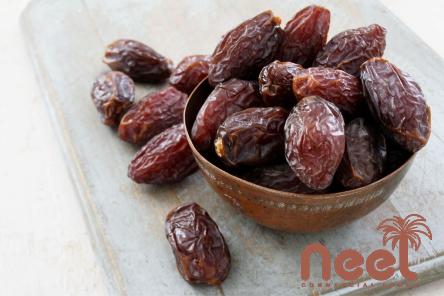
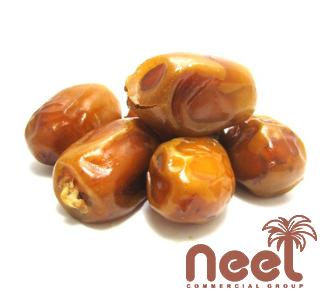
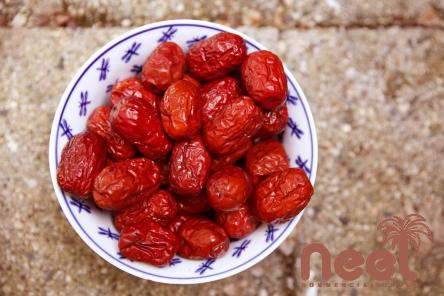
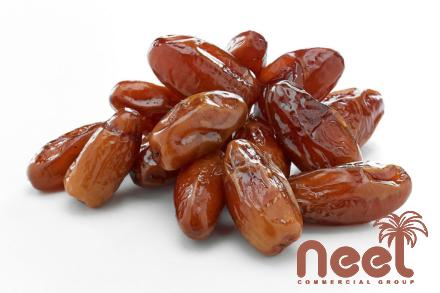
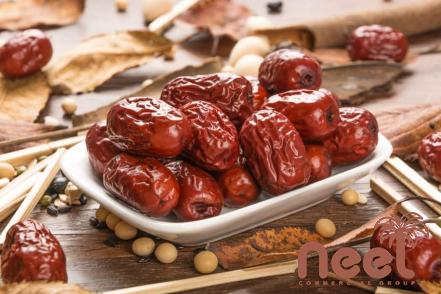
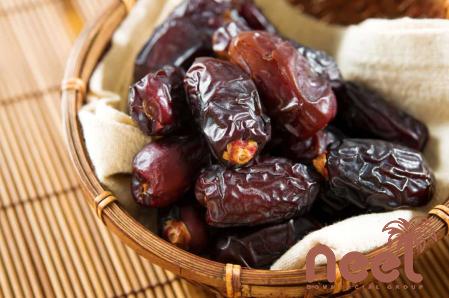
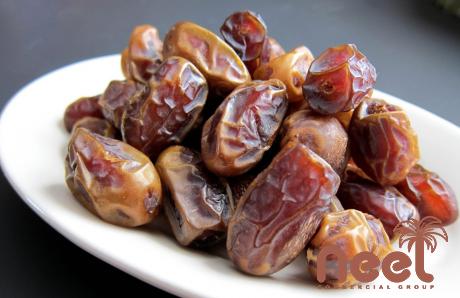
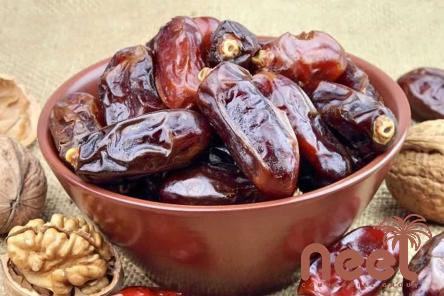
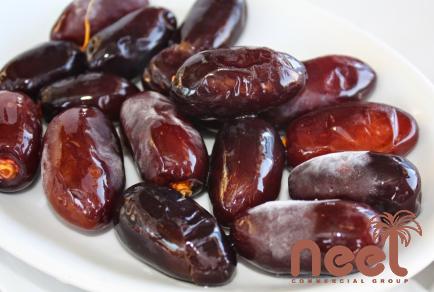
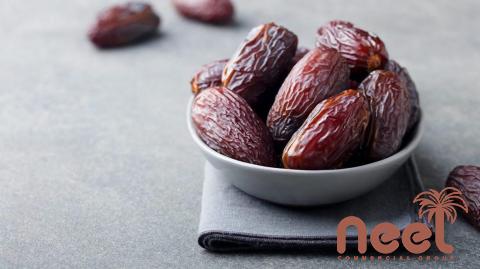
Your comment submitted.